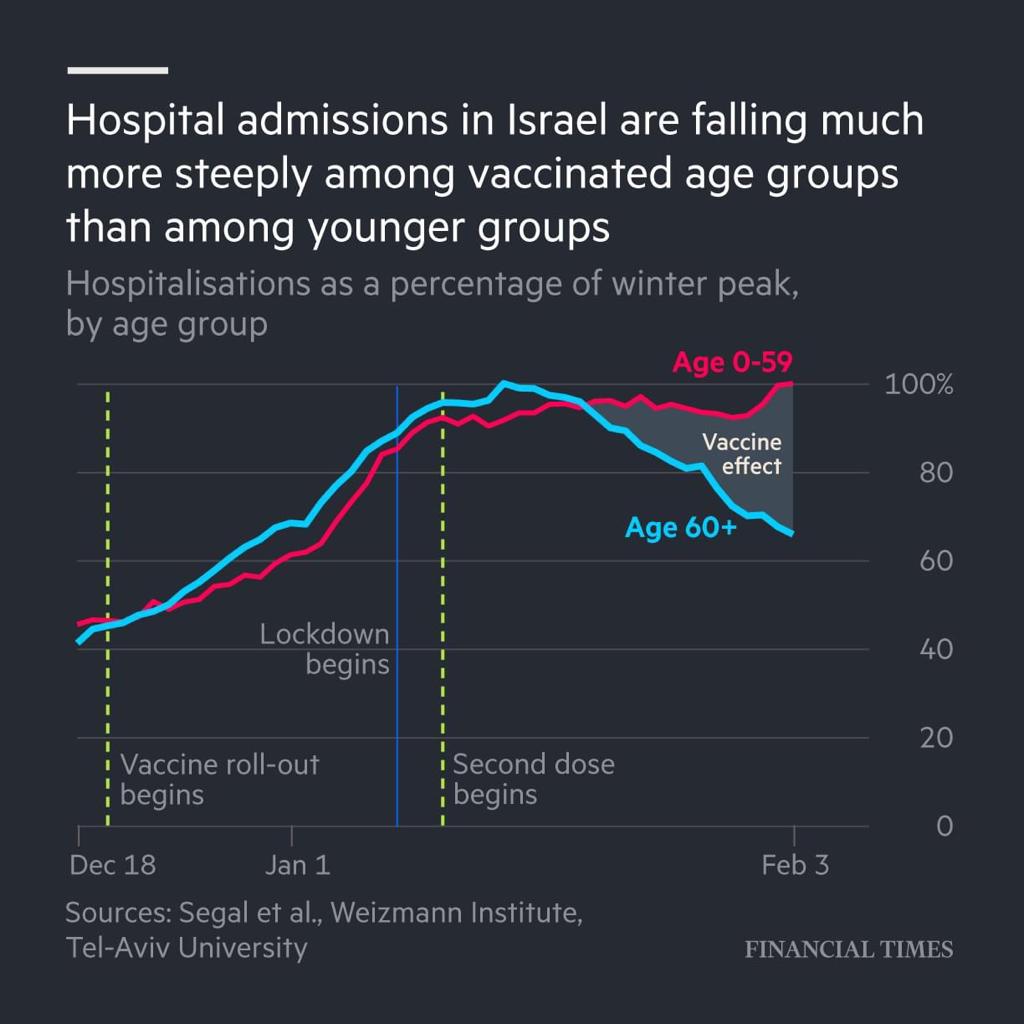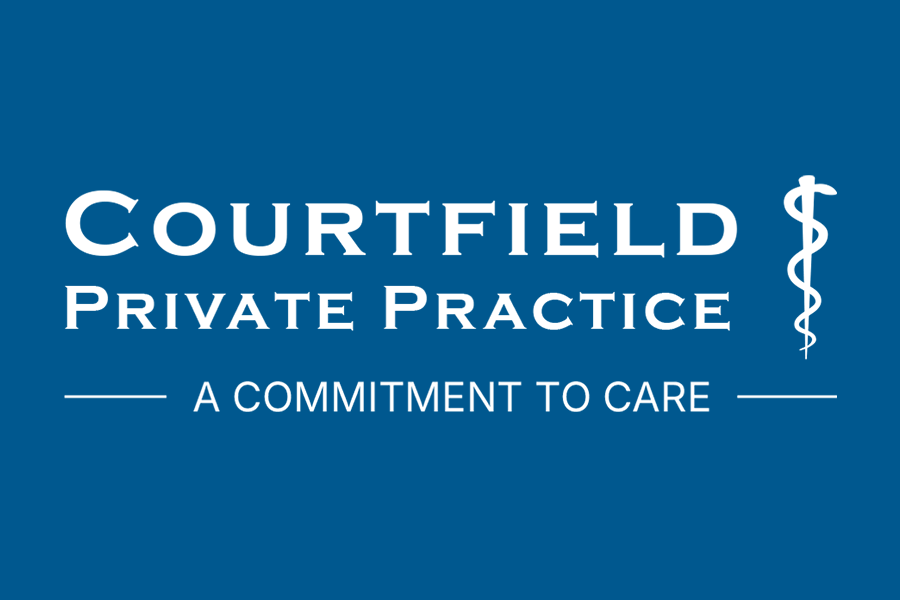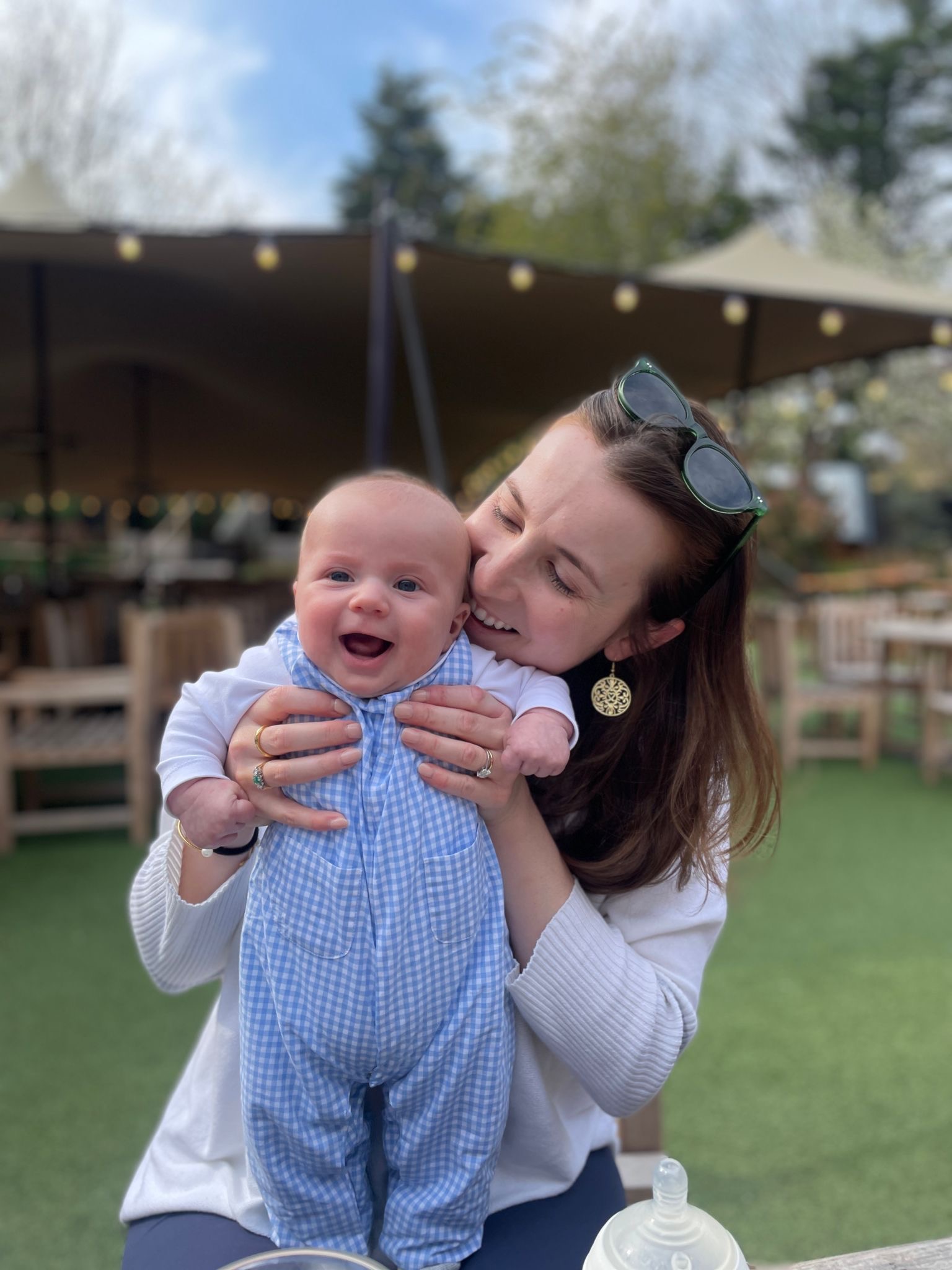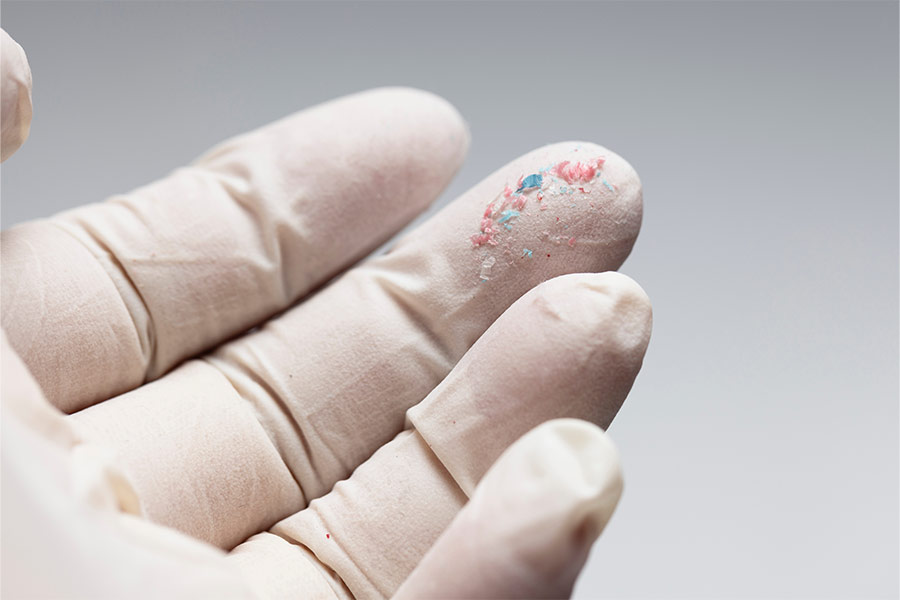Dear Courtfield Patient,
It is good to be able to start with a number of good news stories.
Since our last newsletter, numbers of new daily cases have dropped by over 70%, which in turn has led to a reduction in hospital admissions (down by 22.2% in the past week) and deaths (down by 25.7%).
At Courtfield, we have had only one case of COVID-19 in the past 10 days, and the vast majority of those who were unwell in December/January are improving, with no patients in hospital, and very few requiring follow up from us at home.
Sadly however, 2 further Courtfield patients have died in hospital since we last wrote. Whilst belonging to the “vulnerable group”, this does not diminish the acute sense of shock and loss for their family and friends and reminds us all of the importance of maintaining vigilance.
The vaccine rollout has been incredibly impressive, with the government on course to hit its target of vaccinating the top four priority groups (those over 70, health and social care workers, the extremely vulnerable and care home residents) by the 15th of February. All over 50’s should have been offered a first dose of the vaccine by the end of May. Achieving this target will mean that pressure on hospitals will be significantly reduced (88% of admissions are from the over 50’s and vulnerable population).
This combined with the natural decline in upper respiratory infections as we move into Spring should give us realistic hope of a return to a more “normal” life over the next 3 months.
Evidence of the “real world” effect of the virus comes from early data from Israel (who lead the world in vaccinating their population) and as the graph below shows have already seen a significant reduction in the number of admissions in their over-60’s vaccinated population.

The cloud hanging over all this positive news is the concern that the virus may mutate and become more infectious (as seen with the Kent, South African and Brazilian variants).
There are also concerns that mutations may mean that the virus becomes more deadly and/or able to overcome the protective effect of the vaccine.
AT THE TIME OF WRITING THERE IS NO OBJECTIVE EVIDENCE THAT THIS IS THE CASE, and early data suggests that current vaccines, whilst slightly less efficient at reducing the spread of the virus will still be able to prevent serious illness and death.
Whilst we wait for further data, our best approach is to reduce spread (and thereby the opportunity for the virus to mutate), by maintaining the rules on social distancing, hand washing and mask wearing as well as rolling out the vaccine programme as fast as we are able.
GETTING THE VACCINE
Vaccine supply is still controlled by the government, and the only way to receive the vaccine is by registering with a local NHS General Practitioner.
We are hopeful that by the end of May, when all over 50’s should have been offered the vaccine, the Government priority will be to get the rest of the population vaccinated as quickly as possible. It would seem logical that given vaccine supplies should be plentiful by then, that all providers – both private and NHS should be allowed to offer the vaccine. We will let you know immediately, when we have any definite information about this
VACCINE FACTS
Please find more information on the vaccines which will hopefully address many of your questions and concerns here.
TESTING
We are registered with the government for all aspects of COVID-19 testing.
New regulations for travellers returning from abroad means that tests must now be carried out on day 2 and day 8 following return.
The opportunity to reduce this quarantine period to five days is possible via the “test to release scheme” (i.e. a further test on day 5) – although a further swab is still necessary on day 8.
It is important to recognize that the “PCR “throat and nose swab remains the gold standard
As discussed in our last newsletter, there is a risk that the less accurate lateral flow tests could be falsely reassuring when negative, or result in unnecessary quarantine if positive.
As an example, one of our patients this week tested positive with a routine workplace lateral flow test despite having no symptoms and having had COVID-19 three months earlier.
Subsequent PCR testing was predictably negative, but the government’s track and trace team insisted that no risks could be taken, and further insisted that our patient- together with her family and other contacts had to self-isolate for 10 days.
CATCHING COVID TWICE
One of our patients has contacted us to let us know that she has had COVID twice – in May/June and again in December (positive PCR test and mild symptoms on both occasions, although significantly shorter illness the second time).
She also tested positive for antibodies in June, and although her immunity was not strong enough to prevent the second infection, it is likely that her she had enough residual immunity helped prevent more serious illness.
LONG COVID
“Long COVID” is now defined as the persistence of symptoms beyond 12 weeks from initial infection and the latest Office for National Statistics report suggest up to 10% of patients are affected.
Over 20 different symptoms are recognized, reflecting the multi-system nature of this disease. The most common symptoms reported are fatigue/muscle weakness, shortness of breath, chest pain, poor concentration (often referred to as “brain fog”), depression, skin rashes-particularly “Covid toes” (see last newsletter) and altered smell.
One of us attended a “Webinar “on this subject last week. Among a number of interesting presentations, was one from Clare Hopkins, the consultant ENT specialist who first reported altered taste and smell as a symptom of COVID.
She advised treatment with a 4-week course of steroid spray at the beginning of symptoms and also explained how the unpleasant smells that many experience a few weeks after contracting the illness may actually be a good sign because it suggests that new nasal receptors are developing. She also reassured us that sense of smell may still recover up to 18 months after the initial illness.
To try to speed up recovery, she recommended the use of modern natural smelling salts as described in the following link (which also discusses all aspects of COVID related loss of taste and smell (https://abscent.org/Nosewell)
For those of you unlucky enough to have prolonged symptoms of COVID, then there are now a number of specialist private hospital clinics being set up to help.
Please contact us for further information.
CONCLUSION
Unless a new virulent strain of the virus emerges in the next few weeks, we should expect to see numbers of cases, hospital admissions and deaths continue to fall rapidly.
This will be helped by the inevitable natural reduction of upper respiratory infections as we move into spring, further augmented by the millions of people being protected by their first dose of the vaccine.
This will inevitably lead to the opening of schools as a first priority, and a gradual reduction of restrictive measures, particularly if the evidence emerges to support the protective effect of the vaccine against the newer strains.
In the meantime, please keep your distance, wear your mask and wash your hands. We are nearly there!
We of course remain open for all consultations, both remote and face to face and can promise a COVID safe experience whenever you visit.
Best wishes from the team at Courtfield Private Practice




